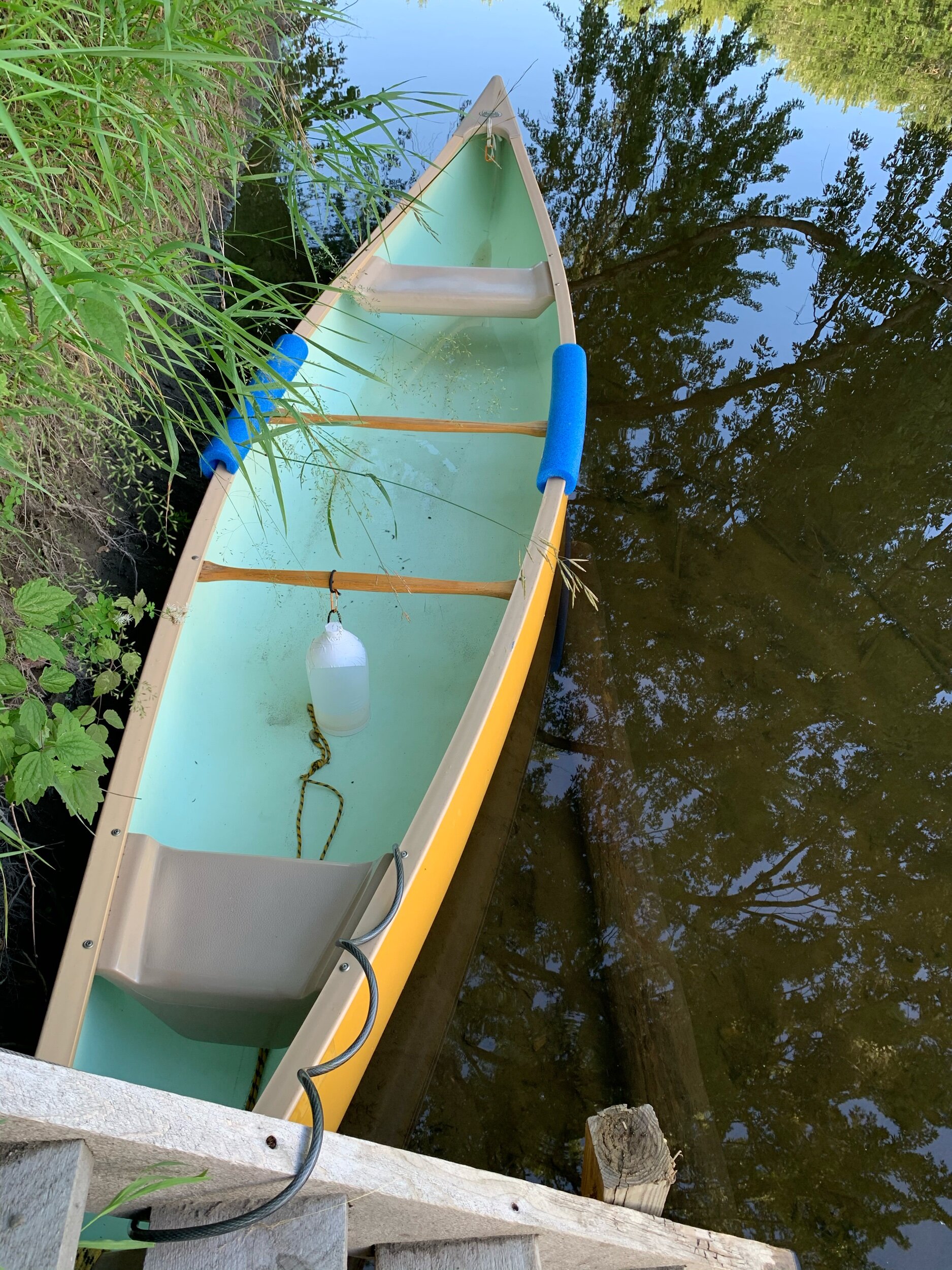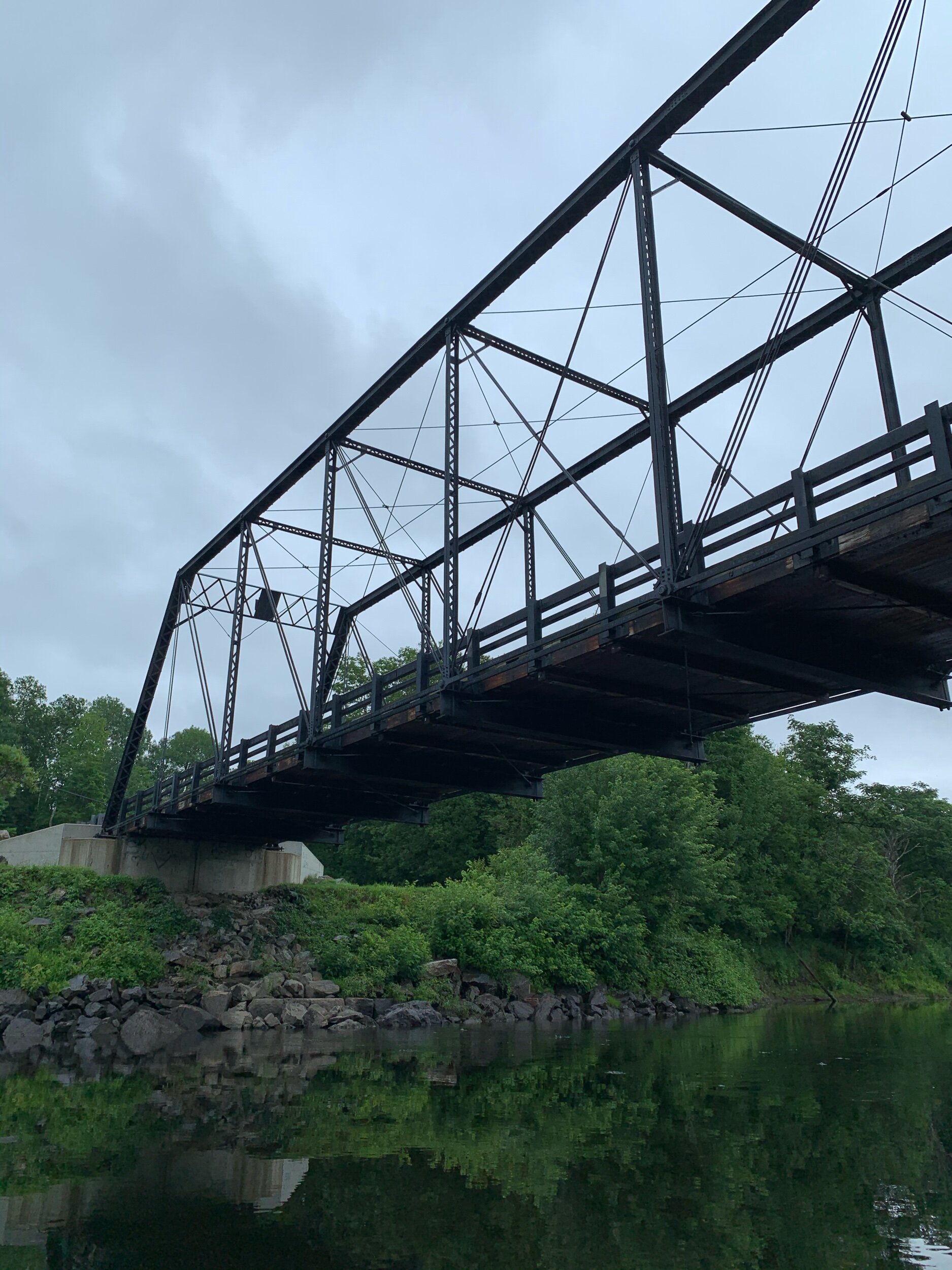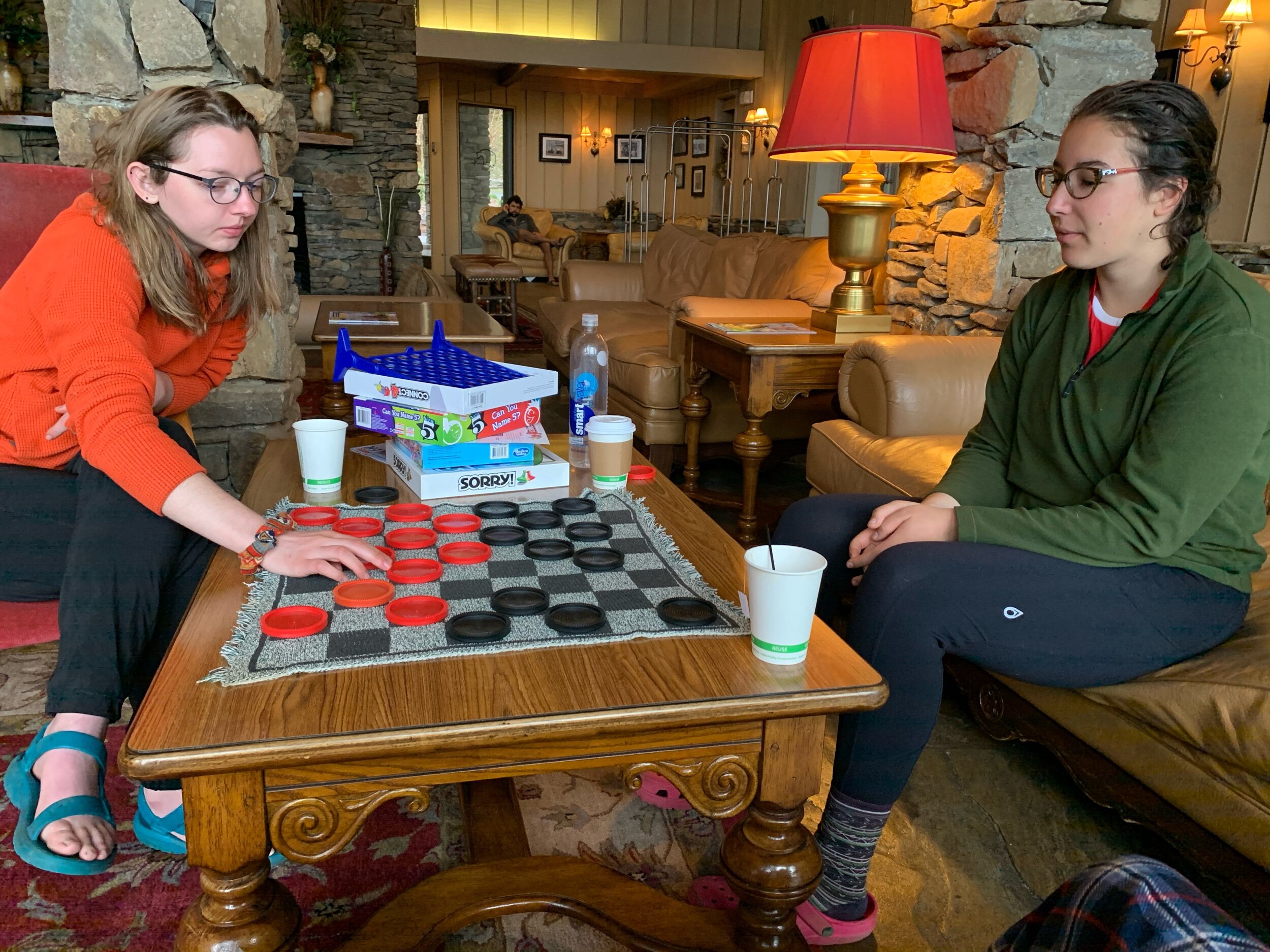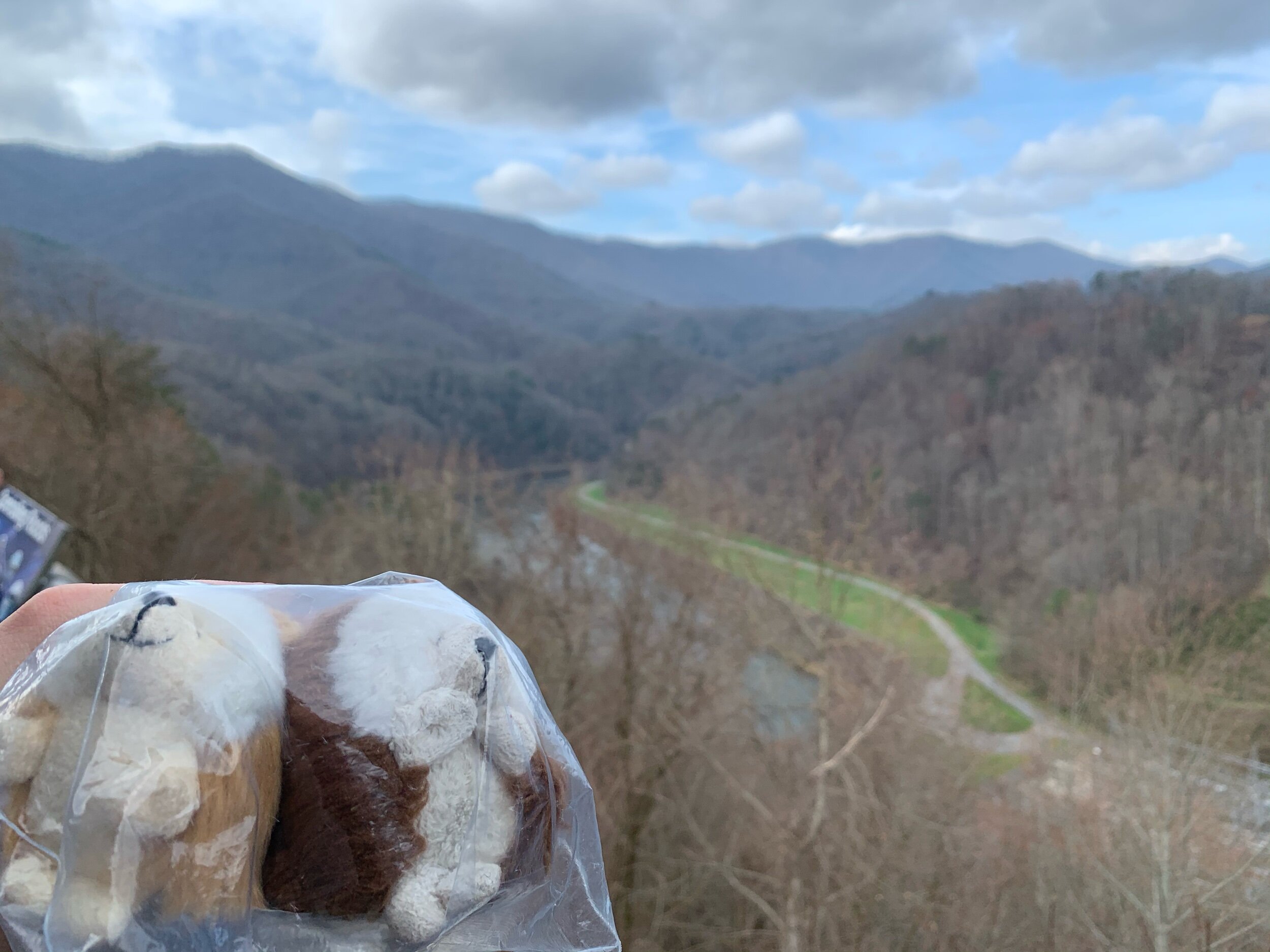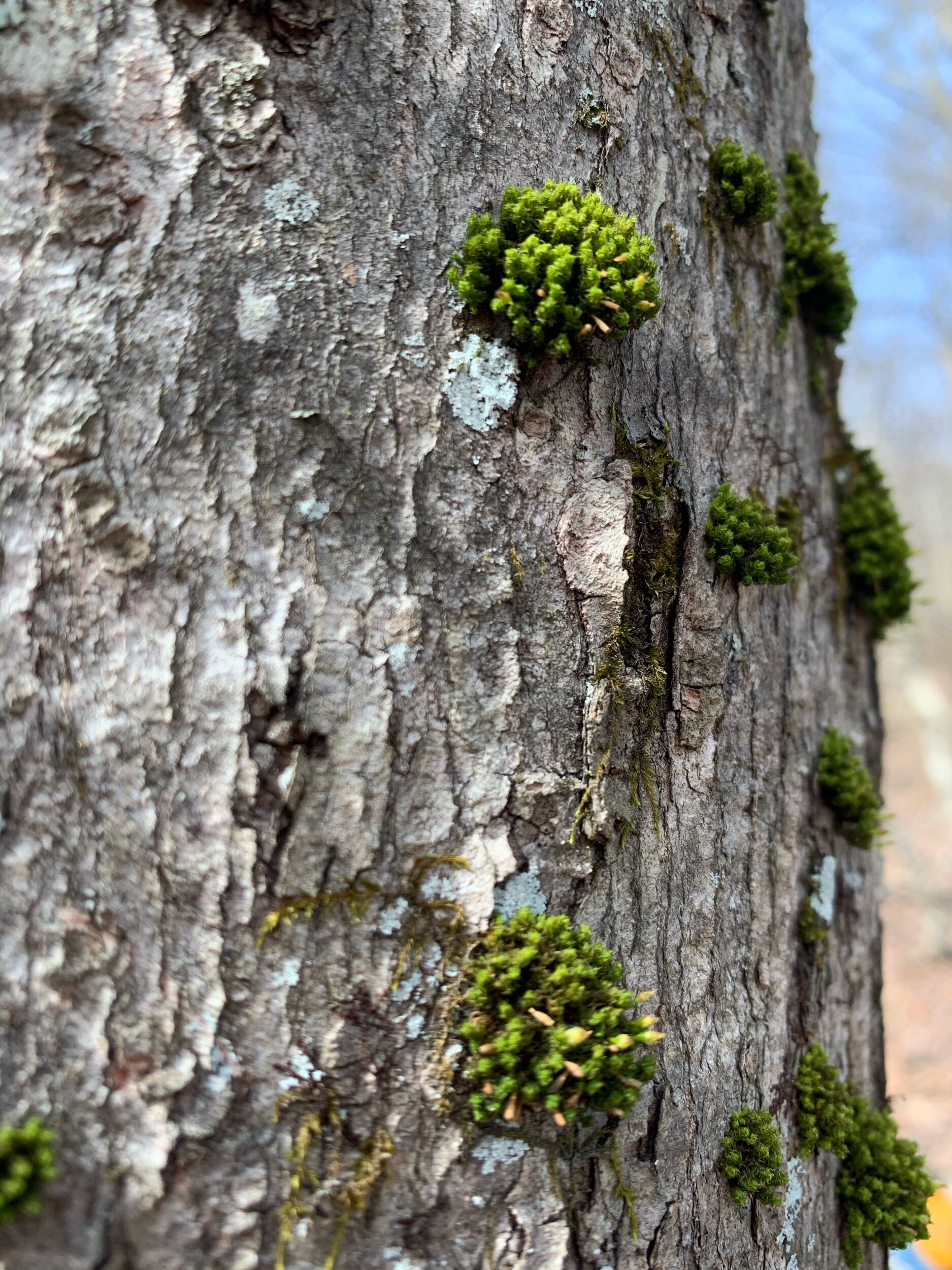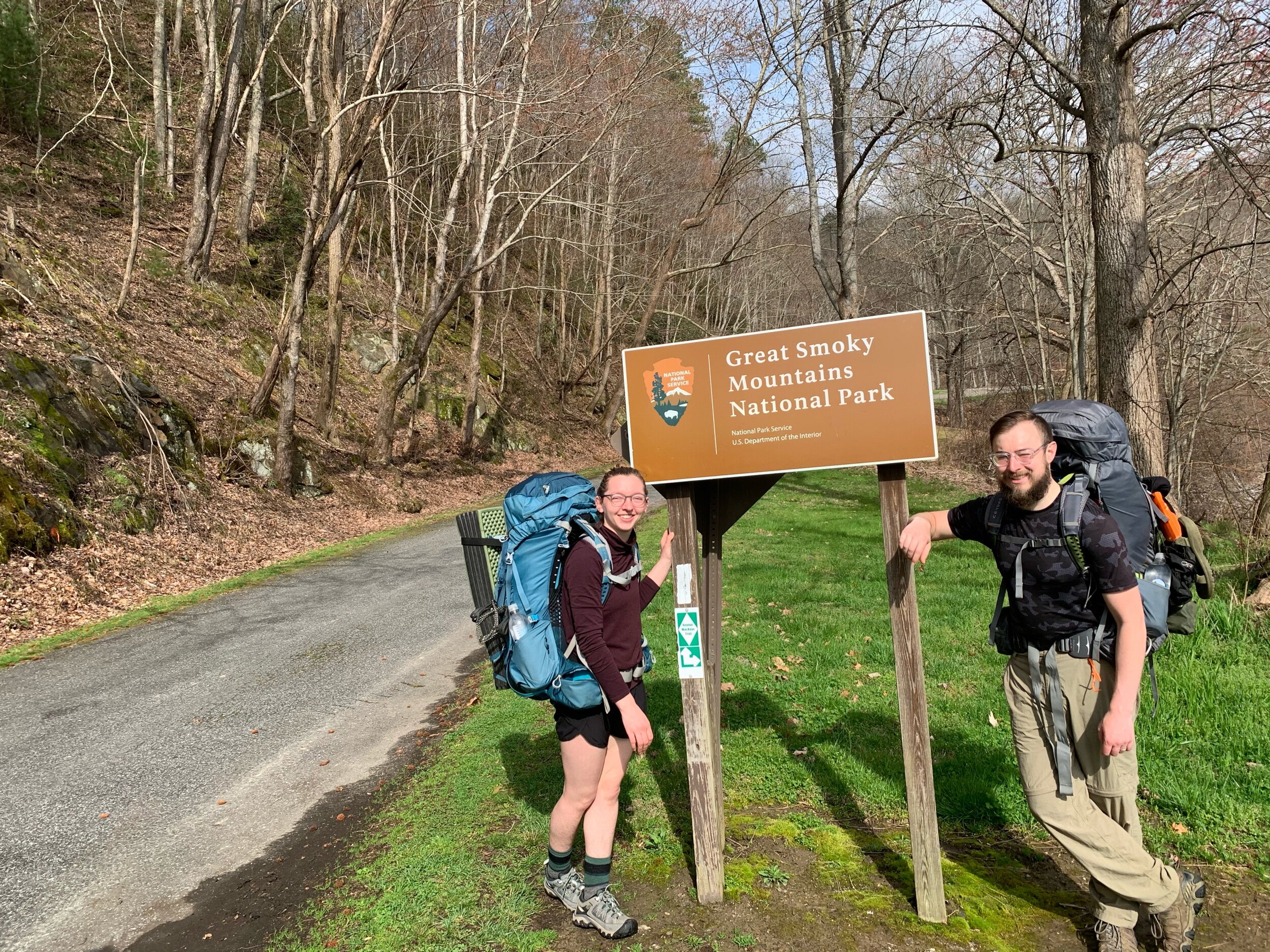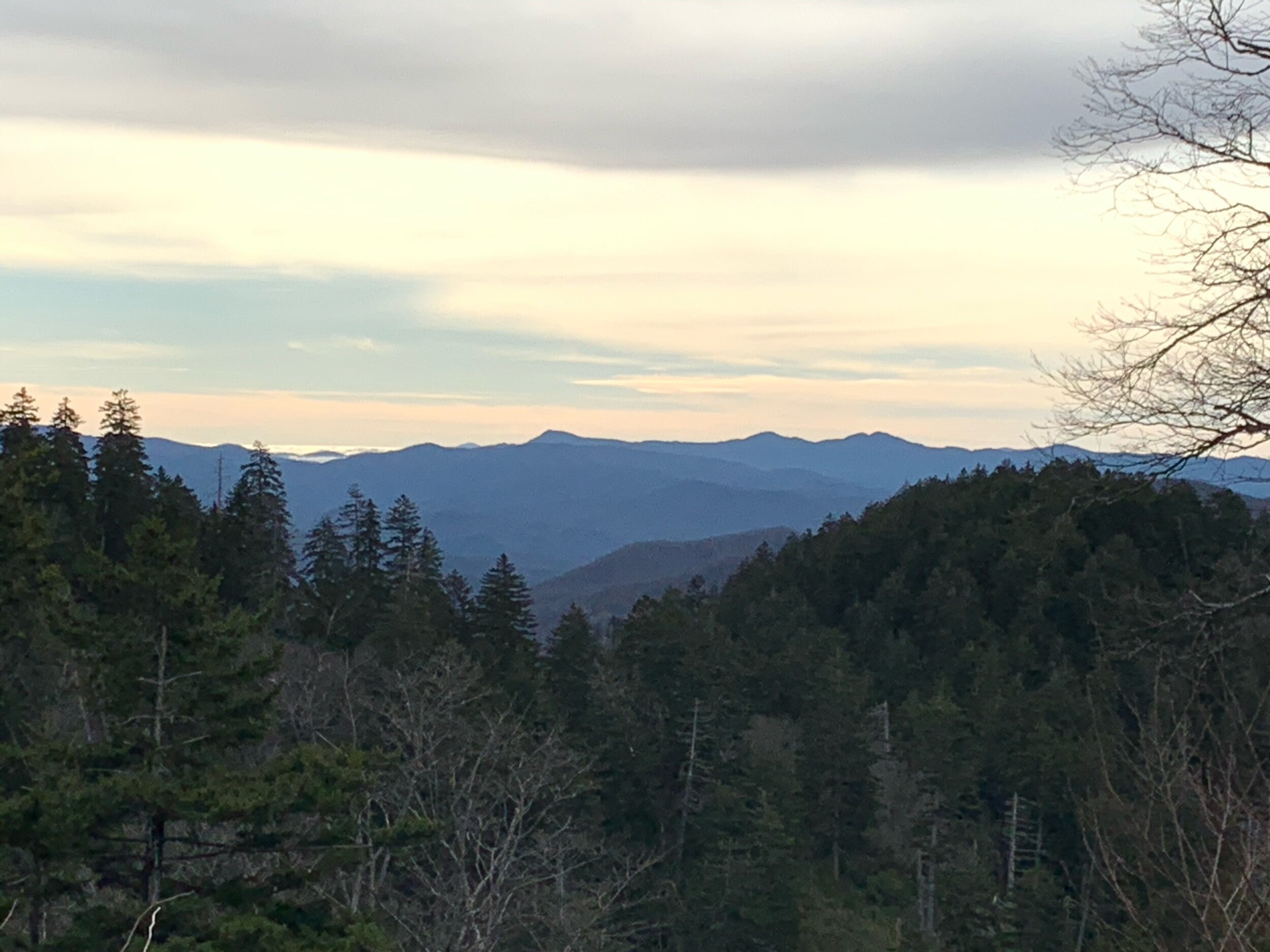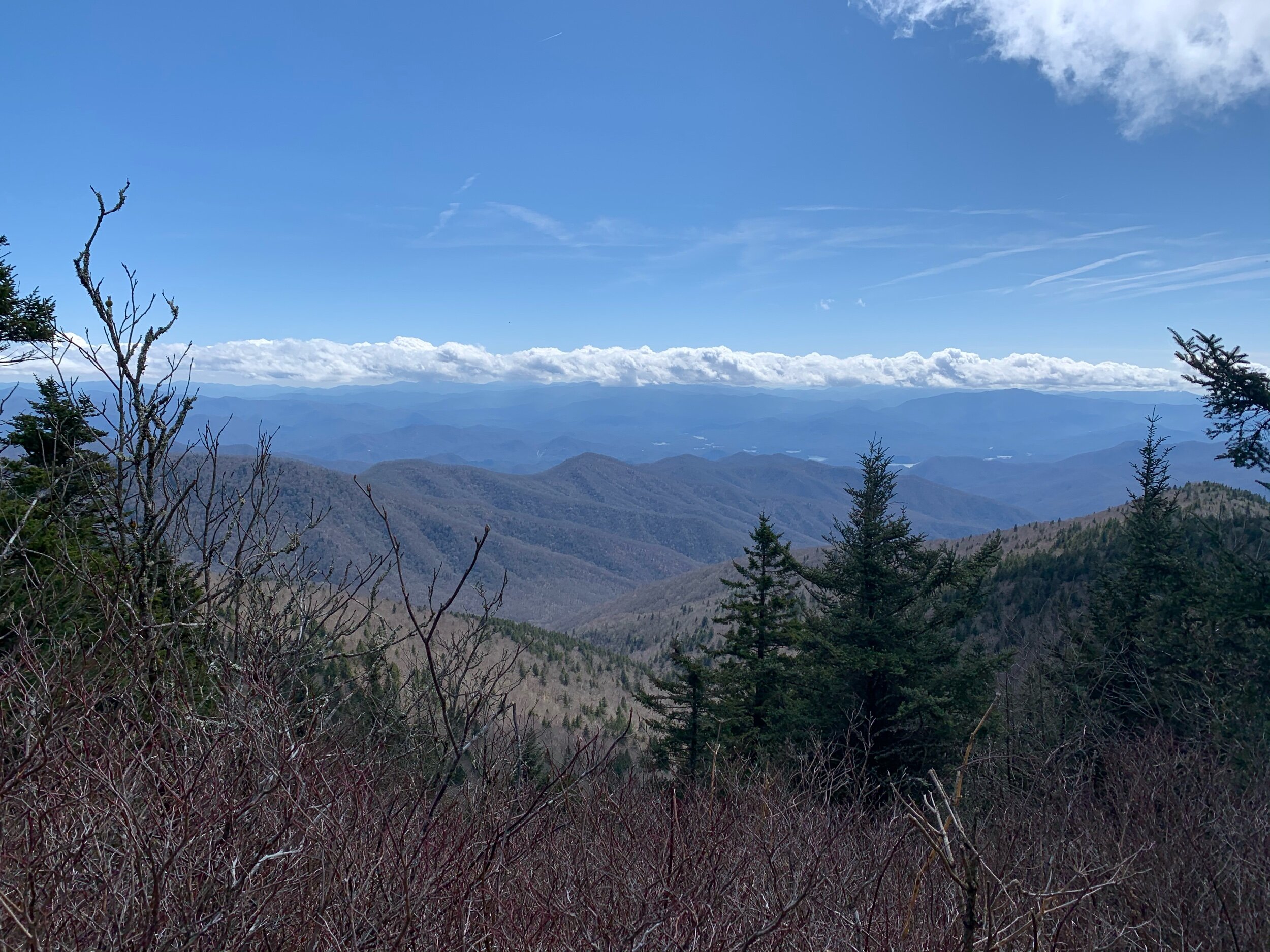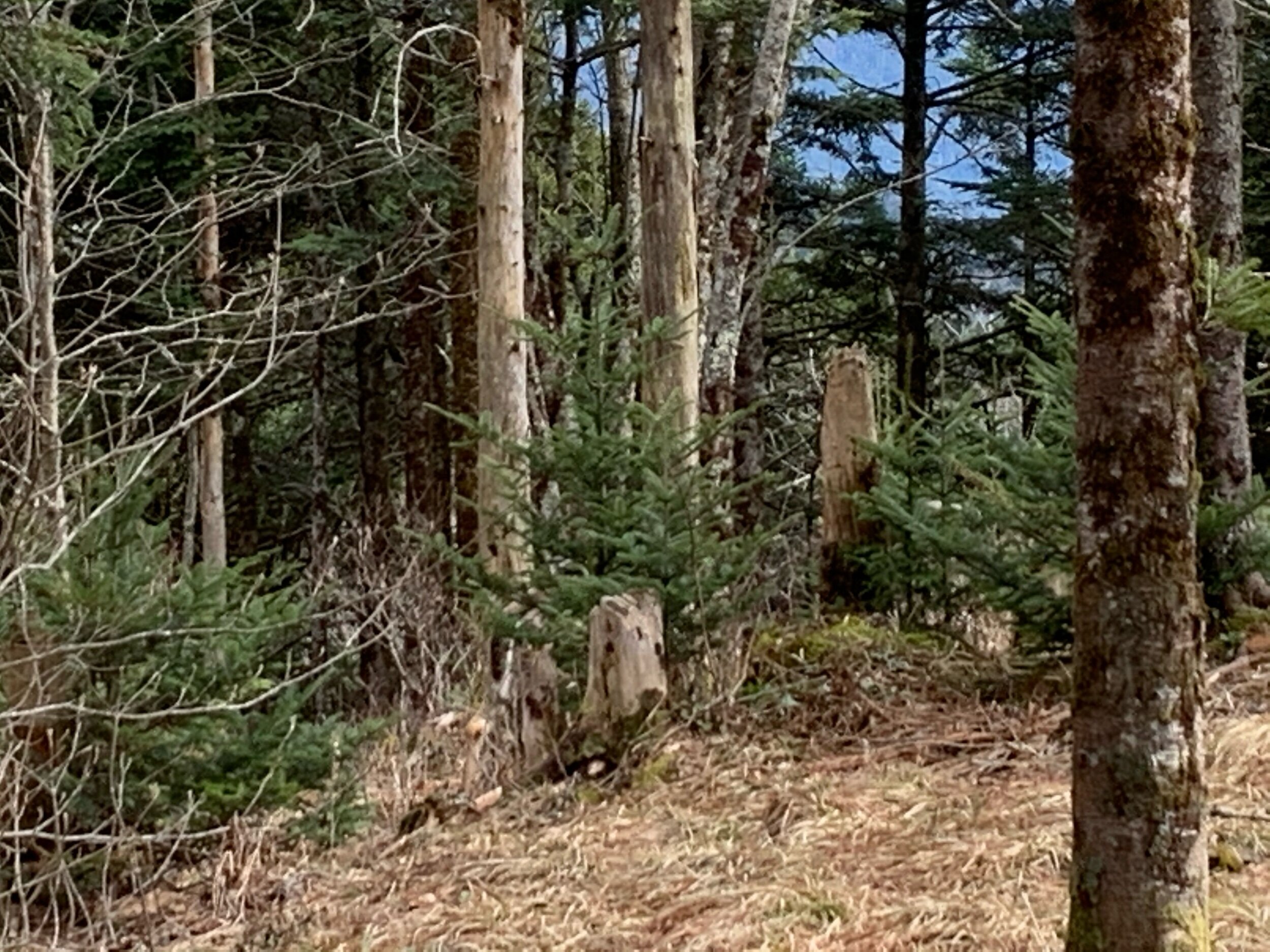The first 200 miles of the Connecticut River swing East then West on the southern trek that forms the Vermont and New Hampshire border. The slow progress of oxbows and headwinds is just the training course for the much straighter, rapidly changing, final 200 miles. This second half consisting of Massachusetts and Connecticut, flies by much quicker. For most of the journey a series of reservoirs formed a predictable pattern of farmland, houses, town, dam. In Massachusetts the farms fell behind leaving houses and towns much closer in proximity than before. This brought more opportunities for resupply, and the constant dull rush of the interstate just beyond the trees. Once past the ruins of the last dam, the constant line of houses evolved into mansions of the coastal elite whose sprawling summer gardens reached the riverbank. It seems we spent a leisurely weekend napping and then suddenly we had reached the ocean. We took one last bridge pic and the first lighthouse pic. We finished, and we had seen it all (except moose).
Sculls were the only vessels we saw on the glassy early morning water, which was perfect for smooth paddling. By the afternoon, the water was anything but placid: cruise ships, fishing expeditions and weekend yachters sped past us in late sun. Our guide book splits the last 20 miles into separate east and west bank sections as it is inadvisable to cross the river without a motorized vessel. They are correct. The quick icy water from a series of mountain lakes on the border of Canada had given way to tidal salt marshes. Those ocean bound sported wakes that required immediate addressing; pushing walls of water toward our big yellow canoe. The change was astounding.
The trip was not without risk, but overall it was thrilling and relationship expanding. We learned a great deal about ourselves and each other, while increasing our ability to communicate: If you're looking for some extreme team building, we recommend hauling a 17 foot canoe up rocky embankments and down steep trails over 400 miles of river. One thing we learned is that a canoe trip is about 3X more fun than backpacking, for us, anyway. As they say, “Hike your own hike!” or paddle in our case. The Class I-V rapids found throughout the length of the river were particularly exciting, and a great improvement to our communication. Our most exciting encounter being a successful run of Sumner Falls! Despite the many dams, patches of quick-water still occur, although the famous 15 Mile Falls lies sunk beneath the reservoirs of Comerford, McIndoes, and Moore Dams. These fast stretches were not an issue for us because we paddled during August at very low water levels. Most of the time we were only at risk of getting stuck on a sandbank in the center of the river. We are happy to report we never flipped! Although the water spun us around several times…currents can be tricky.
The transformation which we did not expect, happened to our canoe. Nights spent in the water led to lines of scum on the outside, while nights locked to trees led to all sorts of critters inside. Fairly early on we had a couple of wolf spider stowaways. They happily munched on all the crickets, slugs, and beetles that would find their way onto our boat at night. Within a week, we had our own floating ecosystem. Our inhabitants were joined by daily visits from dragonflies, bees, and butterflies who needed a break crossing the often wide river. Neither rain nor constant movement convinced anyone to leave our yellow transport, and only the final scrub back home evicted our longtime pest management friends; they now take up residence in the yard.
We reached the mouth of the river in the morning fog, with Lynde Point Light as our destination on the right bank. After more than a month on a river with tiny dancing sandpipers, a lighthouse is an odd thing to see. Beyond the first another one stood, Saybrook Breakwater Light, guarding the mouth of the channel. Land fell away to the left and then to the right as we approached the tower. And then it ended…much quicker than it seemed would happen. We celebrated our achievement and took numerous triumphant selfies. We obviously knew that the ocean was a challenge for another day, and a larger boat. A short trip back upstream found us at a marina to wait for our good friend. He had agreed to come get us and our unwieldy large canoe. Having returned safe and sound to the Cape, we now ponder the keepsakes and memories from our adventure.


















































































































































































